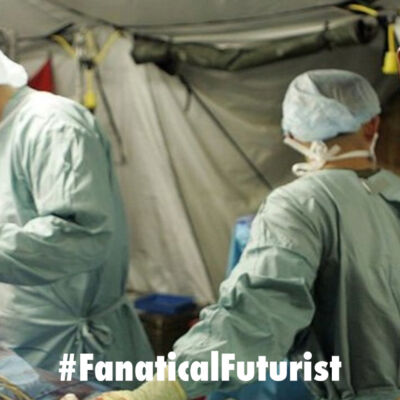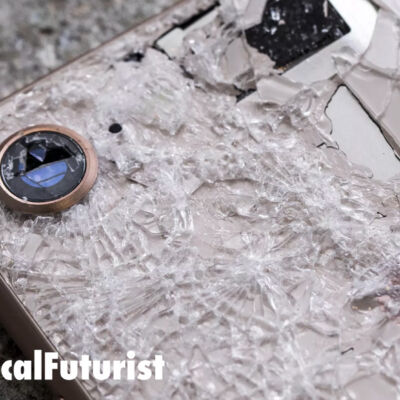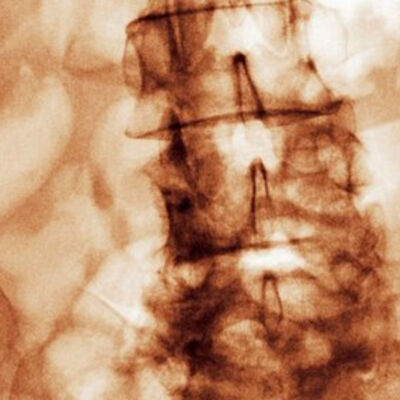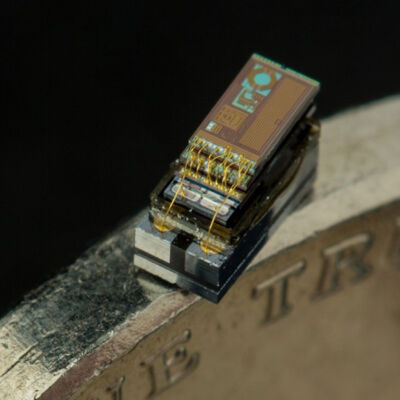Implanted Medical Devices
WHY THIS MATTERS IN BRIEF Over 2,500 children eat batteries each year and some die, edible batteries could prevent that,…
WHY THIS MATTERS IN BRIEF Technology always pushes boundaries and at the edge we’re finding new ways to generate electricity…
WHY THIS MATTERS IN BRIEF Today we make drugs in factories and then inject and pop them when we need…
WHY THIS MATTERS IN BRIEF When the battery in your implanted medical devices runs out you run to the hospital…
WHY THIS MATTERS IN BRIEF Being able to monitor the health of soliders in battle will help keep them at…
WHY THIS MATTERS IN BRIEF Up until now most self-healing materials have either been hard, or soft, and that narrows…
WHY THIS MATTERS IN BRIEF More cyber criminals are choosing to target Internet of Things devices than ever before because…
WHY THIS MATTERS IN BRIEF Put simply paralysis may no longer be a life sentence In the past paralysis…
WHY THIS MATTERS IN BRIEF Micromotes will stop the sensors at the edge of the world’s networks from flooding datacenters…
WHY THIS MATTERS IN BRIEF Connecting devices to each other and to the internet can make them much smarter, and…
WHY THIS MATTERS IN BRIEF More and more implanted medical devices are becoming connected devices and this exposes them to…













